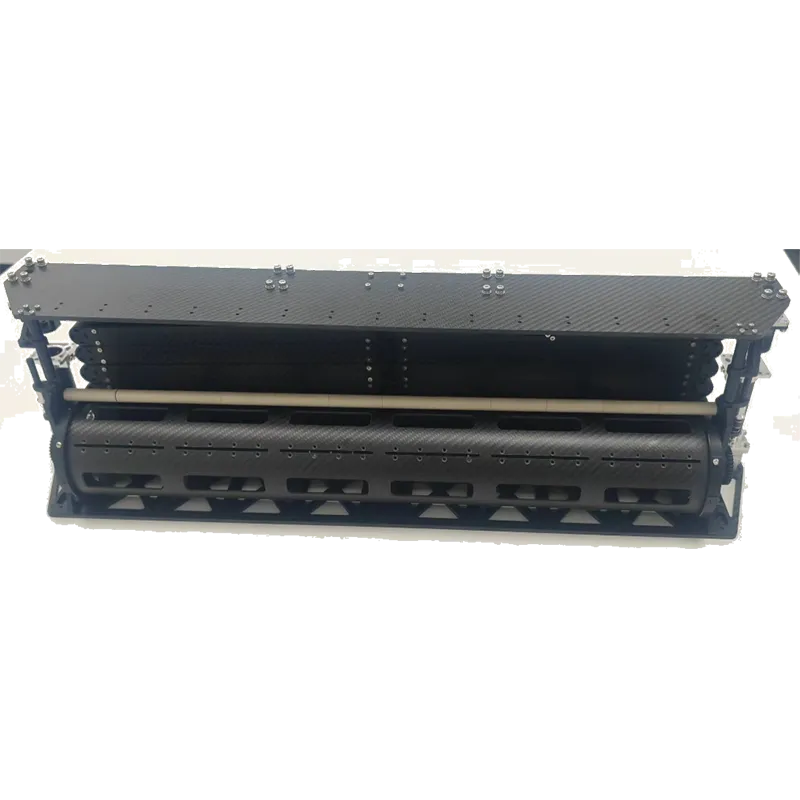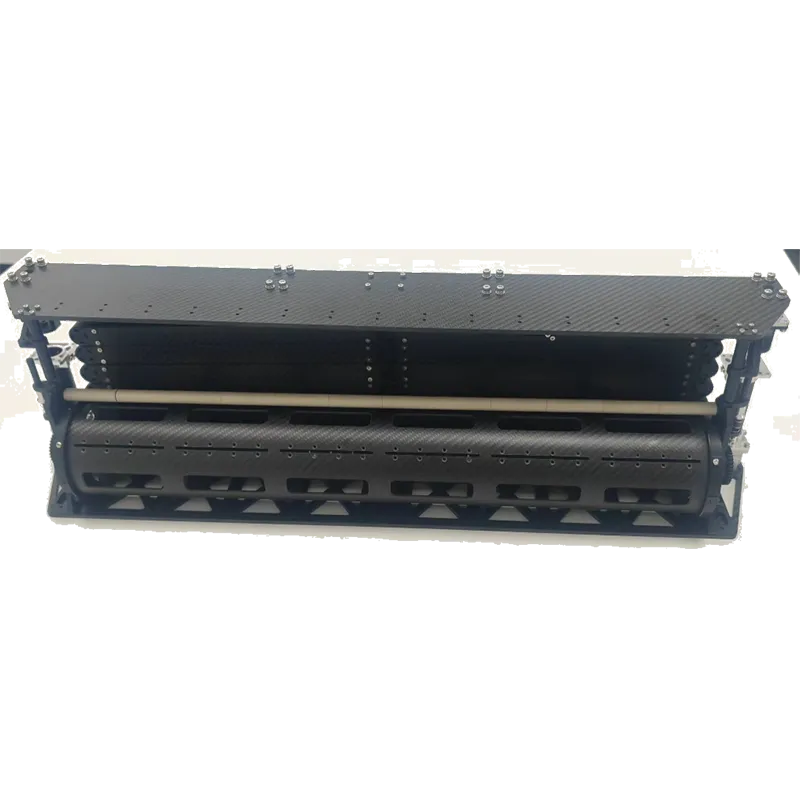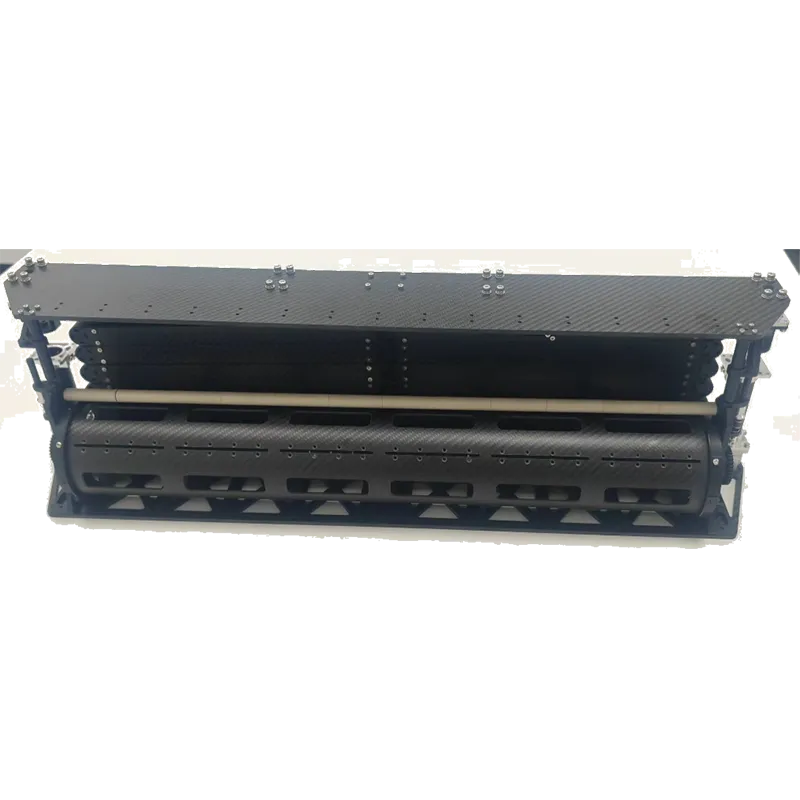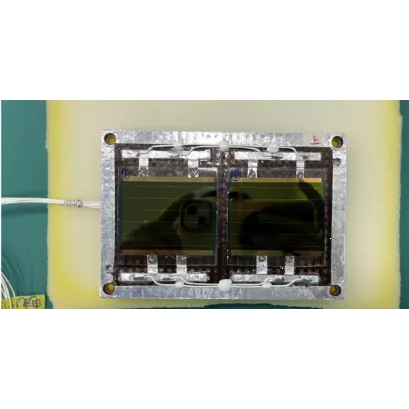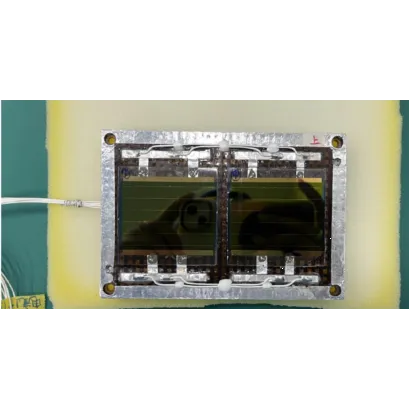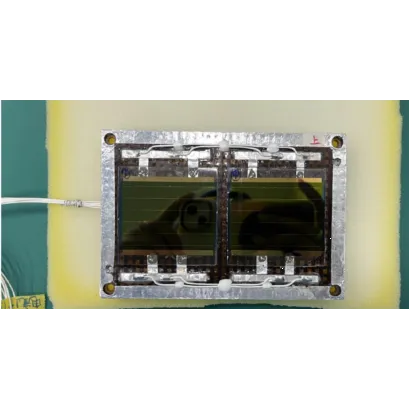
- african
- albanez
- amharică
- arabic
- armean
- Azerbaidjan
- bască
- Belarus
- bengaleză
- Bosniac
- bulgar
- catalan
- Cebuano
- China
- corsicană
- croat
- ceh
- danez
- olandeză
- engleză
- esperanto
- estonă
- finlandeză
- franceză
- frizonă
- Galician
- georgian
- german
- greacă
- Gujarati
- creolul haitian
- Hausa
- hawaian
- ebraică
- Nu
- Miao
- maghiară
- islandez
- igbo
- indoneziană
- irlandez
- italian
- japonez
- javaneză
- Kannada
- kazah
- Khmer
- ruandez
- coreean
- kurdă
- Kârgâz
- Muncă
- latin
- letonă
- lituanian
- luxemburghez
- macedonean
- malgaș
- Malaeză
- Malayalam
- malteză
- maori
- marathi
- mongol
- Myanmar
- nepaleză
- norvegian
- norvegian
- occitană
- Pashto
- persană
- Lustrui
- portugheză
- punjabi
- română
- rusă
- samoană
- gaelic scoțian
- sârb
- engleză
- Shona
- Sindhi
- Sinhala
- slovacă
- slovenă
- somalez
- spaniolă
- Sundaneza
- Swahili
- suedez
- tagalog
- Tadjik
- tamil
- tătar
- Telugu
- thailandez
- turc
- turkmeni
- ucrainean
- Urdu
- Uighur
- uzbec
- vietnamez
- galeză
- Ajutor
- idiş
- Yoruba
- Zulu
Organic Inorganic Perovskite Solar Cells: The Best of Both Worlds
Organic inorganic perovskite solar cells combine the benefits of both organic and inorganic materials, offering an exciting pathway toward more efficient and cost-effective solar energy solutions. These hybrid cells leverage the unique properties of organic materials and the exceptional light absorption capabilities of inorganic perovskite materials to create a powerful and flexible solar energy solution.
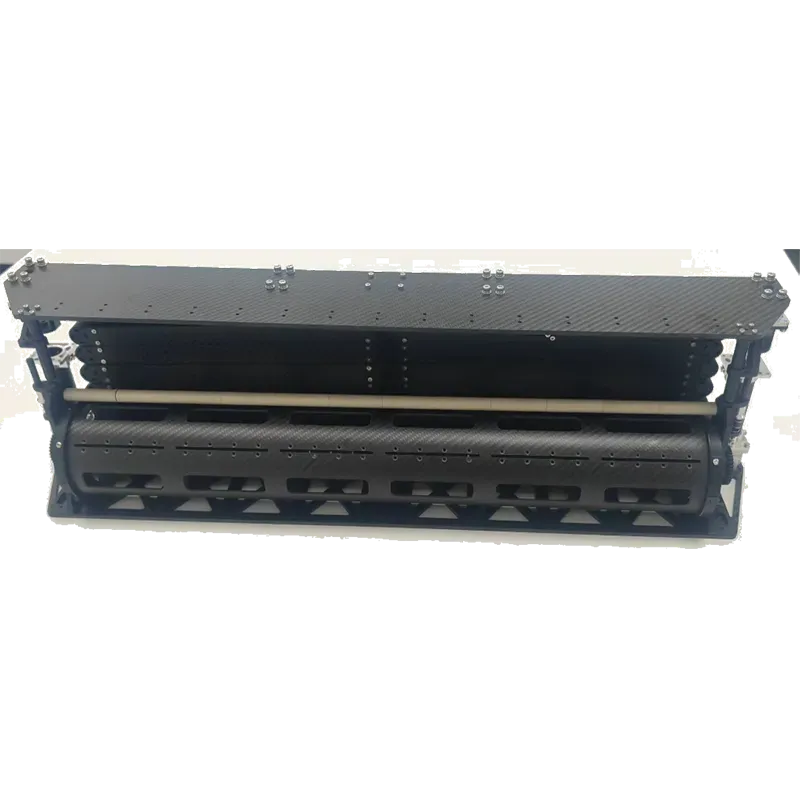
In this article, we will explore the advantages of organic inorganic perovskite solar cells, how they compare to other solar technologies, and why they are poised to play a significant role in the future of renewable energy. The development of organic inorganic perovskite solar cells marks an important milestone in the evolution of perovskite solar technology.
1. The Benefits of Organic Inorganic Perovskite Solar Cells
Organic inorganic perovskite solar cells offer a unique combination of benefits that make them a compelling option for the solar energy market. The hybrid nature of these cells allows them to take advantage of the flexibility and ease of processing of organic materials while maintaining the high efficiency and stability associated with inorganic perovskite materials.
One of the main advantages of organic inorganic perovskite solar cells is their ability to absorb a broad spectrum of sunlight. The perovskite material used in these cells can efficiently convert a wide range of wavelengths into electricity, which significantly increases their power conversion efficiency. This makes organic inorganic perovskite solar cells more efficient than traditional silicon-based solar panels, which are limited in the range of light they can absorb.
Another key advantage of these hybrid cells is their low production cost. The organic materials used in organic inorganic perovskite solar cells are inexpensive and can be processed using solution-based techniques, which are far cheaper than the high-temperature processes required for silicon-based panels. This makes organic inorganic perovskite solar cells an attractive option for large-scale production and widespread adoption.
2. How Organic Inorganic Perovskite Solar Cells Compare to Other Solar Technologies
When compared to traditional solar technologies, organic inorganic perovskite solar cells stand out in several ways. First, they offer superior flexibility and lightweight properties. Unlike rigid silicon panels, perovskite solar cells can be produced on flexible substrates, making them suitable for a wider range of applications. From portable devices to building-integrated photovoltaics (BIPV), the versatility of organic inorganic perovskite solar cells opens up new possibilities for solar energy generation.
Additionally, organic inorganic perovskite solar cells have shown the potential to surpass the efficiency of traditional silicon-based solar panels. While silicon cells typically have a maximum efficiency of around 22%, perovskite-based solar cells have reached efficiencies of over 25%. This makes organic inorganic perovskite solar cells one of the most promising technologies for achieving higher efficiency solar power at a lower cost.
The environmental impact of organic inorganic perovskite solar cells is also a key consideration. These cells are made from abundant, low-cost materials, and their production processes require less energy than those of traditional silicon-based panels. This not only makes organic inorganic perovskite solar cells more sustainable but also helps lower the overall carbon footprint of solar energy systems.
3. The Commercial Potential of Organic Inorganic Perovskite Solar Cells
The commercial potential of organic inorganic perovskite solar cells is enormous, with applications ranging from residential rooftops to large-scale solar farms. As perovskite solar technology advances, the ability to produce these cells at scale and at a low cost makes them an attractive option for both residential and commercial solar installations.
One of the most promising commercial applications for organic inorganic perovskite solar cells is in building-integrated photovoltaics (BIPV). The lightweight, flexible nature of perovskite solar cells allows them to be seamlessly integrated into windows, facades, and rooftops. This not only provides a renewable energy source for buildings but also allows for more aesthetic and functional designs.
Another area where organic inorganic perovskite solar cells show great promise is in the portable energy market. Their flexibility and lightweight properties make them ideal for use in portable solar devices, such as solar chargers and small solar panels for remote locations. As perovskite-based solar technology continues to evolve, the use of organic inorganic perovskite solar cells in off-grid applications is expected to grow, providing reliable energy for areas without access to traditional power grids.
Conclusion: Organic Inorganic Perovskite Solar Cells – The Future of Solar Energy
In conclusion, organic inorganic perovskite solar cells represent a breakthrough in solar technology, combining the best features of both organic and inorganic materials. With their high efficiency, low production costs, and flexibility, these hybrid cells are poised to play a key role in the future of renewable energy.
As perovskite solar technology continues to develop, the commercial and environmental benefits of organic inorganic perovskite solar cells will make them an increasingly important part of the solar energy landscape. With their ability to provide efficient, affordable, and sustainable energy solutions, organic inorganic perovskite solar cells are set to transform the way we generate and use solar power.






